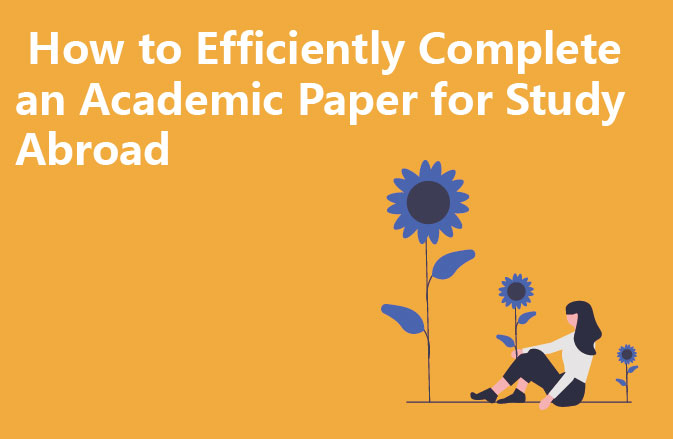This article explains how to complete the first draft of an academic paper in just eight hours. Firstly, you need to locate the right template in order to build the overall structure of the paper. Next, the valuable parts of the paper have to be selected from a wide range of literature, tagged and useless information removed. Next, the background of the study and the content of the study are to be written based on the selected literature. At the same time, when integrating the collected information, the logic of the text needs to be kept clear and orderly. For the Chinese abstract and citation format, the requirements of the template prescribed by the university should be followed to avoid improper citation or plagiarism being detected. Finally, after completing the proofreading of grammar, spelling and formatting, it can be submitted to the tutor for review.
I. Topic Selection and Template Selection (1-2 hours)
1. determine the topic of the dissertation and look for relevant master’s and doctoral theses and core journal papers in databases such as Zhi.com.
2. screen out the literature with reference value and highlight it with a colour pen.
3. delete useless literature and keep the useful parts.
4. refer to the template to construct the overall structure of the paper.
II. Literature Screening and Integration (3-4 hours)
1. read the screened literature in depth and extract the parts that can be used for argumentation.
2. Use these parts as case materials to enrich the content of the thesis.
3. organise and classify the collected information according to the structure of the thesis.
Writing the thesis (5-6 hours)
1. Build the main framework of the thesis according to the screened literature.
2. Draw on the views of others to enrich the content of the paper.
3. Adjust the logical relationship of the essay to make it more coherent.
IV. Format standardisation and proofreading (7-8 hours)
1. Modify the English and Chinese abstracts, font size and other details according to the requirements of the template specified by the school.
2. check whether there are traces of copying and pasting, e.g. incorrect identification of half- and full-corners of punctuation marks, improper paragraph modification, etc.
3. Improve the content of charts and graphs to ensure the overall quality of the thesis.
V. Weight Reduction Techniques (Optional)
1. use translation tools for multiple rounds of translation, e.g. Chinese-French→English→Japanese→Chinese.
2. use thesis writing software for full-text rewriting, such as Dragon Fruit Writing and Writing Cat.
3. intelligent weight reduction with the help of AI tools, such as ChatGPT, etc.
Free weight checking and weight reduction resources recommendation
1. Free weight checking channels:
a. Paperccb (recommended)
b. Checkvip
c. Paperpro (one free opportunity per day)
d. PaperDog (daily free check one)
e. PaperFree (provides free paper checking, testing services)
f. FreeCheck (provides free paper checking, AI intelligent weight reduction and other services)
g. Xuexin Wanfang (on the high side)
h. Learning Channel Daya (on the low side)
2. Free weight reduction channels:
a. Paperpro (provides high-quality free rewriting services)
b. Paperccb (provides touch-up and highlighting services)
c. deepl (provides multi-language conversion services)
d. Secreta Writing Cat (provides 5000 words free weight reduction service)
e. AI Intelligent Weight Reduction (free weight reduction of 3000 words per day)
f. dragon fruit writing (free daily grand 3000 words)
g. Write a Thesis (provides 10 free weight reduction opportunities)




